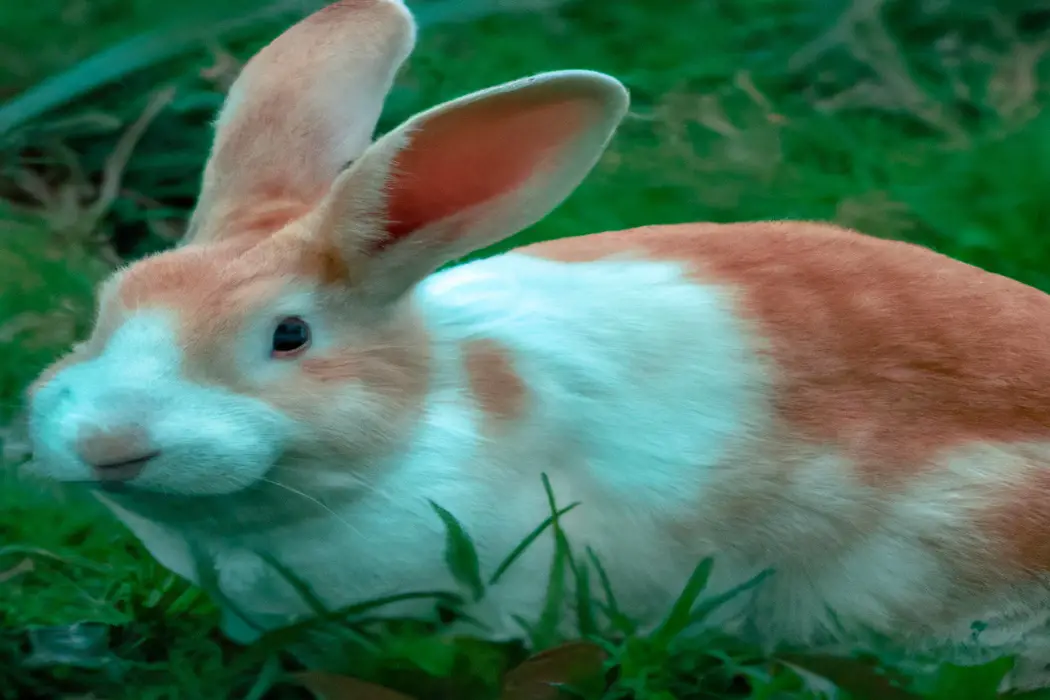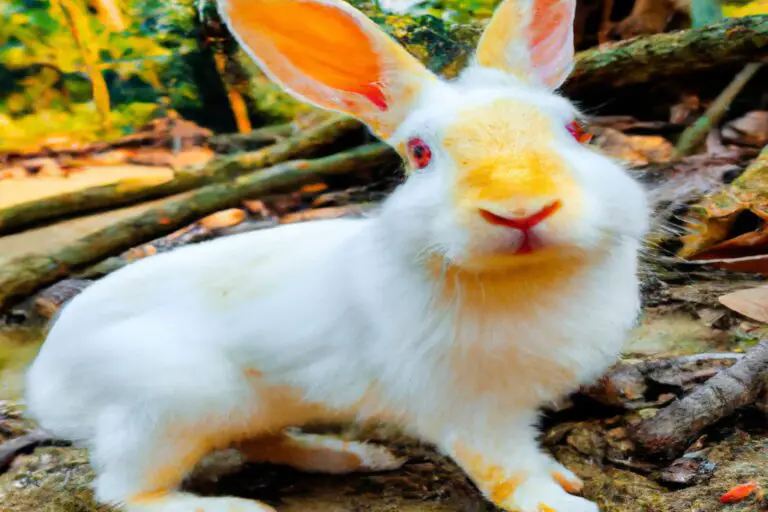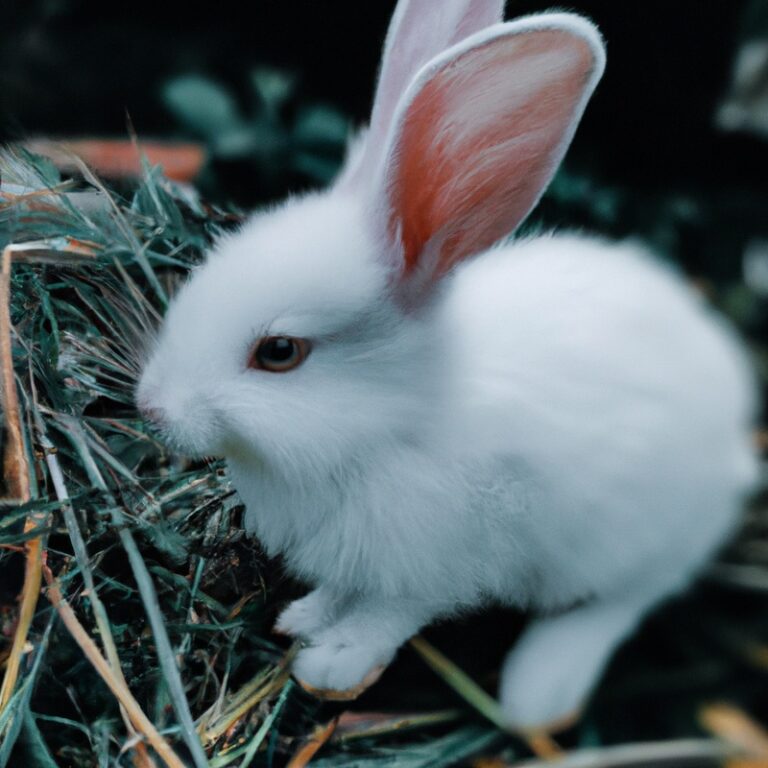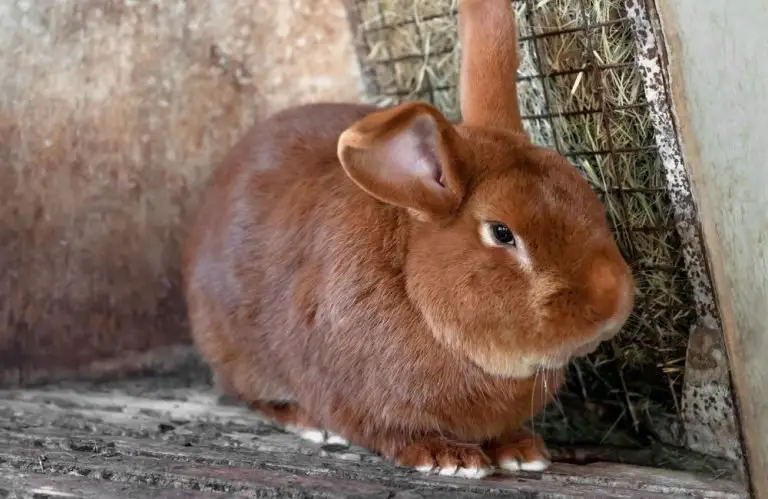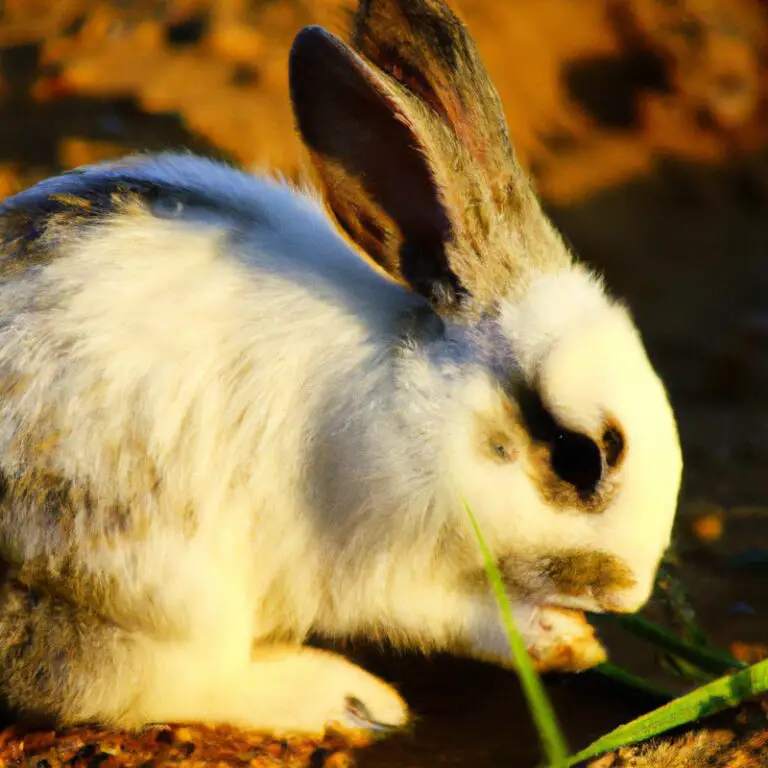How To Turn a Dog Cage Into a Rabbit Cage – Easily!
Key Takeaways:
- Measure the dimensions of the dog cage and ensure they meet the requirements for a rabbit’s comfort and safety.
- Remove any potential hazards from the dog cage and create a secure environment for the rabbit.
- Add a solid flooring material and comfortable bedding for the rabbit’s health and well-being.
- Install appropriate food and water dispensers, as well as a hiding area, to mimic a natural rabbit habitat.
Are you a proud owner of a dog cage that’s just sitting there gathering dust?
What if I told you that you could easily transform it into a cozy rabbit cage?
That’s right! In this article, I’ll guide you through the simple steps of repurposing your dog’s old abode to create a comfortable and secure space for your furry bunny friend.
Not only will you be giving your dog cage a new lease on life, but you’ll also be saving money in the process.
So, let’s dive in and discover how to turn that neglected dog cage into the perfect rabbit retreat!
| Aspect | Dog Cage | Rabbit Cage |
|---|---|---|
| Durability | Designed to withstand dog’s behavior | May be less sturdy for rabbits due to different behavior |
| Size | Typically larger to accommodate dogs | Smaller size suitable for rabbits |
| Wire Spacing | May have wider spacing | Requires narrower spacing to prevent escape or injury |
| Accessories | May come with dog-specific features like bowls or leashes | Rabbit-specific accessories, such as hay feeders or litter trays |
| Security | May need additional modifications to prevent rabbit escape | Built-in security features for rabbits |
| Chew-Proof | Dog-proofed wire to resist chewing | May require additional rabbit-proofing to limit chewing damage |
Why Use a Dog Cage as a Rabbit Cage?
A dog cage can be a practical and cost-effective option for housing a rabbit due to its sturdy construction and ample space.
Benefits of Using a Dog Cage as a Rabbit Cage
Using a dog cage as a rabbit cage offers several benefits. Firstly, dog cages are sturdy and durable, providing a safe and secure environment for your rabbit.
Secondly, dog cages usually have a removable tray at the bottom, making it easy to clean and maintain.
Additionally, many dog cages have a collapsible design, allowing for convenient storage when not in use. Lastly, dog cages often have a wire mesh design, allowing for proper ventilation and visibility for your rabbit.
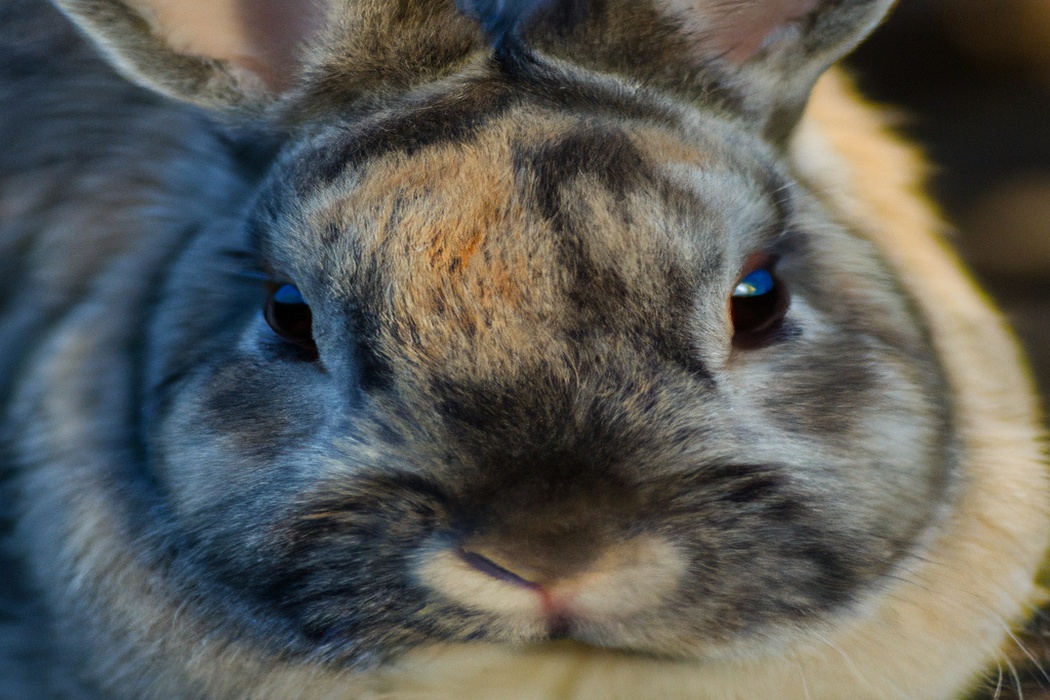
Preparing the Dog Cage for Rabbits
To prepare the dog cage for rabbits, you need to focus on choosing the right size and cleaning and disinfecting the cage.
Choosing the Right Size Dog Cage
Choosing the right size dog cage is important to ensure the comfort and safety of your pet.
A cage that is too small can be constricting and uncomfortable, while a cage that is too large may not provide a cozy den-like environment.
When selecting a dog cage, consider your dog’s size and breed.
Measure your dog from nose to tail and from the ground to the top of their head to determine the appropriate size.
It’s always better to err on the side of getting a slightly larger cage to allow for growth and movement.
Cleaning and Disinfecting the Dog Cage
Cleaning and disinfecting the dog cage is an important part of maintaining a healthy and safe environment for your rabbits.
Here are some simple steps you can follow:
- Remove any bedding or debris from the cage, making sure to dispose of it properly.
- Use a pet-friendly cleaner or a mild soap and warm water to clean the cage thoroughly. Scrub all surfaces, including the floor, walls, and any accessories.
- Rinse the cage thoroughly with clean water to remove any residue from the cleaning solution.
- Allow the cage to air dry completely before adding any new bedding or returning the rabbits.
- Once the cage is dry, use a pet-safe disinfectant to kill any remaining germs or bacteria. Follow the instructions on the disinfectant label for the correct dilution and application method.
- Allow the disinfectant to sit for the recommended time, then rinse the cage again with clean water.
- Make sure to let the cage dry completely before introducing the rabbits back into their clean and disinfected environment.
Regular cleaning and disinfecting of the dog cage will help prevent the spread of diseases and keep your rabbits healthy and happy.
Adding Essential Features to the Dog Cage
To make a dog cage suitable for a rabbit, you’ll need to add essential features like solid flooring, a hay rack and water bottle, and a nesting area with bedding.
Providing a Solid Base or Flooring
When setting up a dog cage for use as a rabbit cage, providing a solid base or flooring is important.
You can achieve this by placing a durable and easy-to-clean material at the bottom of the cage.
Consider using a plastic tray, linoleum, or even a piece of carpet.
This will ensure that your rabbit’s feet are comfortable and protected, while also making cleaning and maintenance a breeze.
Just make sure that the material is securely fixed and doesn’t pose any hazards to your rabbit.
Adding a Hay Rack and Water Bottle
To turn a dog cage into a rabbit cage, two essential features you’ll need to add are a hay rack and a water bottle.
These are crucial for your rabbit’s well-being.
By incorporating a hay rack, you can keep the hay off the ground and prevent it from getting soiled.
This also promotes a cleaner living environment.
A water bottle attached to the cage will ensure your rabbit has access to fresh water at all times, keeping them hydrated and healthy.
Remember to position the hay rack and water bottle at an appropriate height for your rabbit to reach easily.
Incorporating a Nesting Area and Bedding
To incorporate a nesting area and bedding in a dog cage turned rabbit cage, you need to create a cozy space for your rabbit to relax and sleep comfortably. Place a soft and comfortable bedding material, such as straw or hay, in one corner of the cage.
This will provide insulation and a comfortable surface for your rabbit to rest on.
Additionally, consider incorporating a small enclosed space, such as a cozy hideout or a cardboard box, where your rabbit can retreat and nest. This will give them a sense of security and privacy.
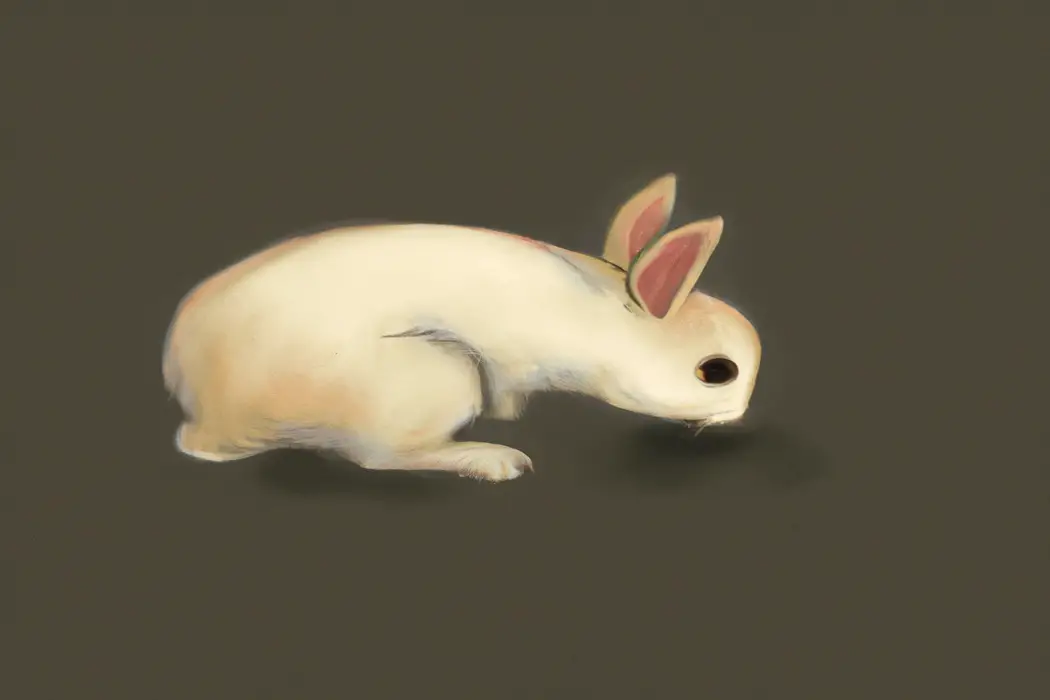
Ensuring Safety and Security for Your Rabbit
To ensure your rabbit’s safety and security, focus on securing doors and entrances, checking for sharp edges, and protecting against dangers and predators.
Securing Doors and Entrances
To ensure the safety and security of your rabbit, it is essential to secure the doors and entrances of their cage. Here are some tips to help you with this:
- Use a latch or lock: Install a reliable latch or lock on the main door of the cage to prevent any accidental openings or escapes.
- Repair any damage: Regularly check the doors and entrances for any damage or wear. Repair or replace any broken hinges, latches, or wire mesh to ensure they are secure.
- Adjust door gaps: Make sure there are no gaps or openings large enough for your rabbit to squeeze through. If needed, add additional wire mesh or panels to close any gaps.
- Secure sliding doors: If your cage has sliding doors, ensure they have a secure locking mechanism to prevent your rabbit from pushing them open.
- Consider additional barriers: Depending on your rabbit’s size and behavior, you may want to add an extra gate or barrier outside of the cage to provide an additional layer of security.
By taking these measures, you can minimize the risk of your rabbit escaping and ensure their safety and well-being.

Checking for Sharp Edges or Surfaces
When setting up a dog cage for your rabbit, it’s important to check for sharp edges or surfaces.
These can potentially cause injuries to your furry friend.
Take some time to inspect the cage and make sure there are no sharp corners, exposed wires, or rough edges that your rabbit could come into contact with.
Sand down any rough areas or cover them with protective materials, ensuring a safe and comfortable environment for your rabbit.
Protecting against Dangers and Predators
When it comes to protecting your rabbit against dangers and predators, there are a few important steps you can take.
Make sure their enclosure has secure fencing to keep out any unwanted visitors.
Provide hiding spots and cover for your rabbit, such as tunnels or thick bushes.
Regularly inspect the enclosure for any potential hazards, such as sharp objects or toxic plants.
Additionally, consider using deterrents like motion-activated lights or sprinklers to scare away predators.
By taking these precautions, you can help ensure the safety and security of your rabbit.
Creating a Comfortable and Stimulating Environment
To create a comfortable and stimulating environment for your rabbit, focus on adding toys and chewables as well as providing hiding spots and elevated platforms.
Adding Toys and Chewables
When it comes to creating a comfortable and stimulating environment for your rabbit, adding toys and chewables is essential. Not only do they provide entertainment and mental stimulation, but they also help satisfy your rabbit’s natural chewing instincts.
Some popular options include chew toys made of safe materials like wood or woven grass, as well as puzzle toys that can be filled with treats.
It’s important to offer a variety of toys to keep your rabbit engaged and prevent boredom. Remember to regularly inspect and clean the toys to ensure they are safe for your rabbit to play with.
Providing Hiding Spots and Elevated Platforms
To create a comfortable and stimulating environment for your rabbit, it is important to provide hiding spots and elevated platforms. Rabbits are naturally prey animals and often seek out safe places to hide.
By providing cozy hideaways, such as tunnels or boxes, you give your rabbit a sense of security.
Additionally, rabbits enjoy having a higher vantage point, so incorporating elevated platforms or shelves can be beneficial. These platforms can be made from sturdy materials and provide a place for your rabbit to perch and observe their surroundings.
Frequently Asked Questions
Can any type of dog cage be converted into a rabbit cage?
Yes, any type of dog cage can be converted into a rabbit cage with a few modifications.
Here’s how:
- Ensure the cage is the right size for your rabbit. It should be spacious enough for them to move around comfortably.
- Remove any dividers or barriers in the cage to create an open space for the rabbit.
- Cover the cage floor with a layer of soft bedding, such as hay or straw, to create a cozy and comfortable environment for the rabbit.
- Add a secure latch or lock to the cage door to prevent the rabbit from escaping.
- Provide a food and water bowl that attaches securely to the side of the cage to ensure easy access for the rabbit.
Remember to regularly clean the cage and provide your rabbit with enough space, toys, and opportunities to exercise outside of the cage for their overall well-being.
What size dog cage should I use for my rabbit?
For your rabbit, it’s important to choose the right size dog cage. A good rule of thumb is to go for a cage that is at least four times the size of your rabbit.
This will provide enough space for your rabbit to move around, stretch, and have separate areas for sleeping and eating.
The cage should also have a solid bottom to protect your rabbit’s feet. Additionally, make sure to provide plenty of toys, hiding spots, and comfortable bedding inside the cage to keep your rabbit happy and entertained.
Do I need to make any modifications to the dog cage?
No, you don’t need to make any modifications to the dog cage. A dog cage can be easily repurposed as a rabbit cage without any changes.
Just ensure that the bars are close enough together to prevent your rabbit from escaping, and provide suitable bedding and food dishes for your bunny.
It’s a simple and cost-effective solution for housing your rabbit.
How can I ensure the safety of my rabbit in the converted cage?
To ensure the safety of your rabbit in the converted cage, there are a few key things you can do.
- Check for any sharp edges or protruding wires that could harm your rabbit. Smooth any rough surfaces or cover them with padding to prevent injuries.
- Ensure that the spacing between the bars or wires is appropriate for your rabbit’s size. This will prevent them from getting stuck or escaping.
- Provide a solid, sturdy floor for your rabbit to walk on. Avoid wire bottoms as they can cause discomfort and foot injuries.
- Keep the cage in a safe location, away from extreme temperatures, drafts, and direct sunlight. Create a comfortable and secure environment for your rabbit.
- Provide plenty of room for your rabbit to move around, stretch, and exercise. Consider adding ramps, platforms, or toys to keep them mentally and physically stimulated.
By taking these precautions, you can create a safe and comfortable living space for your rabbit in the converted cage.
What are some essential features to add to the converted cage?
Some essential features to add to the converted cage are:
- Secure doors and latches to prevent escape.
- A comfortable bedding material to ensure your rabbit’s comfort.
- Food and water bowls placed in easily accessible locations.
- A hiding space or tunnel for your rabbit to retreat to.
- Chew toys and other enrichment items to keep your rabbit stimulated.
- Proper ventilation to ensure a healthy environment.
- Wire mesh flooring or a removable tray for easy cleaning.
Final Verdict
Converting a dog cage into a rabbit cage can offer numerous benefits, including cost-efficiency, easy maintenance, and adaptability. By choosing the right size cage, ensuring cleanliness, and adding essential features, such as a solid base, hay rack, and nesting area, you can create a safe and comfortable environment for your rabbit.
Additionally, taking precautions for safety, such as securing doors and checking for sharp edges, and providing a stimulating environment with toys and hiding spots, will enhance your rabbit’s well-being.
With these guidelines, you can transform a dog cage into a suitable and enjoyable home for your furry friend.

